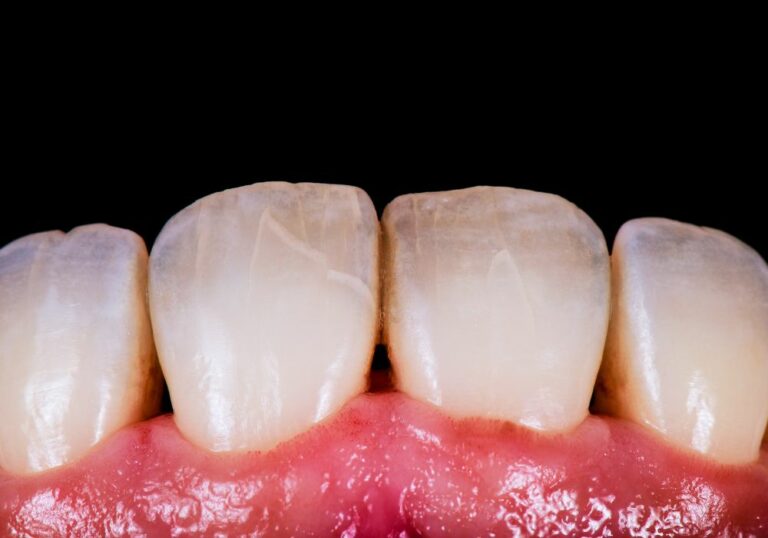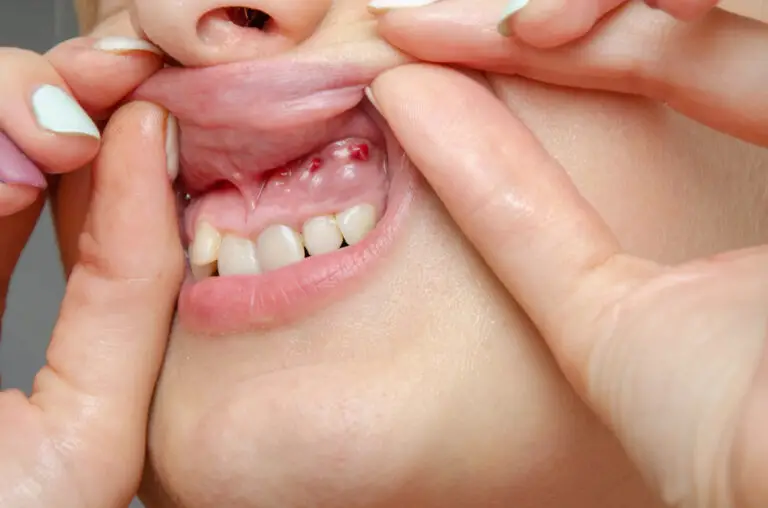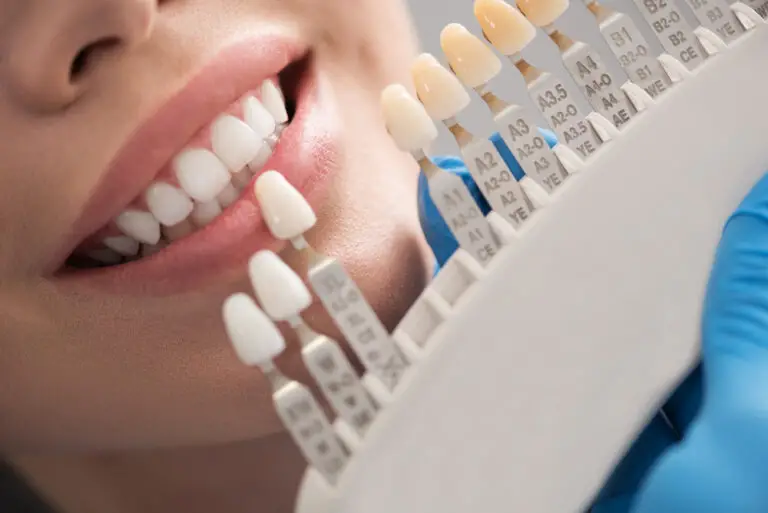Gum disease, also known as periodontal disease, is a serious bacterial infection that damages the tissues surrounding and supporting the teeth. If left untreated, it can lead to painful gum deterioration, erosion of jawbone, tooth loosening, and eventual tooth loss. The early stage of gum disease is called gingivitis and is characterized by inflammation of the gummy tissues. At this stage, the disease process is still reversible with proper oral hygiene and professional treatment. However, if allowed to advance, it can develop into a more serious infection called periodontitis that destroys the deeper periodontal tissues and jawbone structure.
The good news is that through effective treatment and diligent home care, gum disease can often be arrested and the gums strengthened again in many individuals. However, the level of regained gum health depends on the severity of disease and how early treatment is begun. Mild cases of gingivitis can resolve fully while more advanced infections result in some permanent gum recession and bone loss. But restoring periodontal health is an important goal, both for appearance and long-term tooth retention.
Causes and Risk Factors for Gum Disease
Gum disease starts when plaque, a bacteria-filled film, coats the teeth and builds up in hard-to-reach areas below the gumline. Toxic substances released by plaque bacteria trigger chronic inflammation in the gums that breaks down their attachment to the teeth. Factors that increase risk for gum disease include:
- Poor oral hygiene habits such as inadequate tooth brushing and flossing
- Smoking or tobacco use which enhances gum infection
- Stress and anxiety which raise inflammatory levels
- Systemic diseases like diabetes that impair healing ability
- Medications such as blood pressure drugs, antidepressants, hormones
- Crowded teeth or dental appliances that are difficult to keep clean
- Family history of periodontal disease
- Nutritional deficiencies that affect the body’s infection response
Thorough plaque removal through brushing, flossing, and professional cleanings is key to controlling bacterial buildup and preventing gum disease. But certain individuals may still be at increased genetic risk for developing periodontal infections and require more vigilant maintenance.
Stages of Progressive Gum Disease
Gum disease begins with gingivitis but can slowly advance through stages of increasing severity:
Gingivitis
Gums become puffy and red due to inflammation, which may cause them to bleed easily with brushing and flossing. There are no deep pockets around teeth yet and the infection is still localized in the top layers of gum tissue. At this early stage, proper oral hygiene can usually resolve the inflammation entirely.
Early Periodontitis
Initial gum detachment from the base of teeth develops, along with the beginning of connective tissue damage and minor bone loss. Affected teeth may start developing shallow pockets around them that can harbor more bacteria and plaque. At this stage, a dentist will recommend scaling and planing to clean below gumline.
Moderate Periodontitis
Ongoing infection causes further breakdown of connective fibers and supporting bone structure. Periodontal pocketing around teeth extends deeper, providing even more area for plaque-causing bacteria to multiply and advancing the disease. More extensive professional cleaning below the gumline is required, potentially needing localized antibiotic application.
Advanced Periodontitis
Significant tissue destruction occurs, resulting in deep periodontal pockets around many teeth, or even complete loss of fiber attachments in some areas. Substantial supporting bone is lost, making teeth loose and at high risk for loss. Aggressive antibacterial and regenerative treatments are needed to stop disease progression.
The gradual tissue damage that occurs makes early detection and treatment essential to achieve the best outcome.
Treatment Options to Restore Gum Health
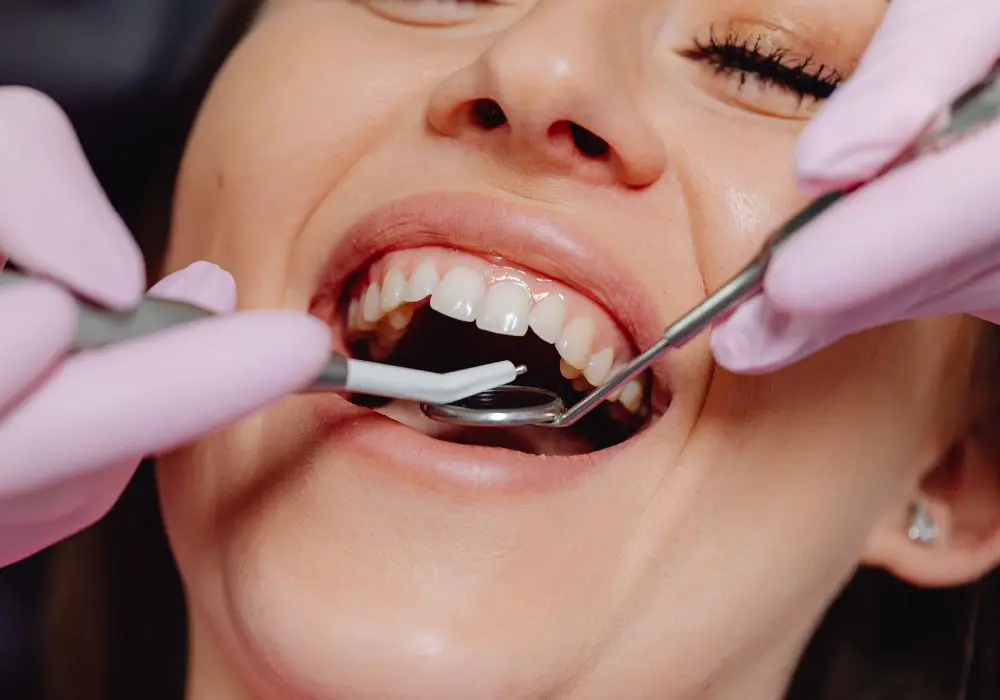
Treating gum disease involves first removing any infection through professional cleanings and/or antibiotics. Once the disease is controlled, regenerative procedures can help regrow damaged bone and gum tissues:
Non-Surgical Treatments
- Deep dental cleanings below the gumline to thoroughly remove built-up plaque and calculus
- Antimicrobial mouth rinses to reduce harmful oral bacteria
- Laser therapy to destroy gum infection and stimulate healing
- Custom-fit dental trays that deliver antibiotics or antiseptics below the gumline
Surgical Treatments
- Flap surgery to access deep bacteria and directly stimulate bone regeneration
- Soft tissue grafts to cover exposed roots and prevent further gum recession
- Bone grafts using patient’s or donor material to fill areas of bone loss and promote regrowth
- Dental implants to replace teeth lost to gum disease while also restoring lost bone
Proper at-home oral hygiene, smoking cessation, and modifying other risk factors are also critical for optimal results following professional gum disease treatment.
How Well Can Lost Gum Tissues and Bone Be Regrown?
The potential for rebuilding lost gum tissues and underlying bone largely depends on the current extent of damage:
- Mild gum and bone loss: Excellent prognosis for complete resolution by removing bacterial plaque and tartar from around teeth and roots through scaling, root planing and debridement. This removes infection and allows the body to naturally regenerate lost gum and bone tissues.
- Moderate gum and bone loss: Good potential for significant regeneration by reducing infection through deep cleanings combined with surgical access procedures like flap surgery. Grafting materials can be placed during surgery to guide and stimulate new bone and gum growth.
- Severe gum and bone loss: Growth potential is limited due to the amount of destruction that has already occurred. Grafts and regenerative attempts can help regrow some lost tissues but full restoration is unlikely. Maintaining any remaining structures becomes the focus.
The more healthy natural gum tissues and underlying bone matrix remain, the better the chances that procedures like bone grafting and guided tissue regeneration can successfully regenerate lost structures. But once substantial degeneration has occurred, complete regeneration becomes unlikely.
Maintaining Lifelong Dental and Gum Health
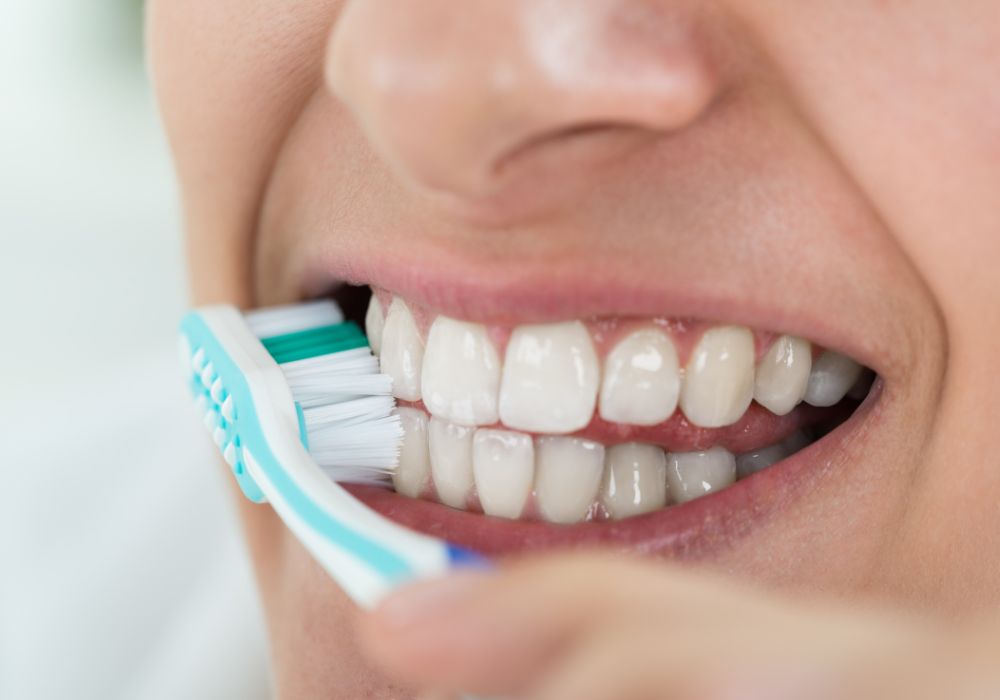
Preventing gum disease through lifelong oral health care habits provides the best odds of enjoying healthy gums and keeping natural teeth for life:
- Brush teeth thoroughly twice daily with proper technique, taking full 2 minutes
- Floss at least once daily to remove plaque hiding between teeth
- See your dentist every 6 months for professional cleanings and oral cancer screenings
- Get frequent dental cleanings (every 3-4 months) if at increased gum disease risk
- Avoid smoking and excessive alcohol consumption
- Control any diseases like diabetes that increase gum infection risk
- Monitor gums for signs of problems like receding, swelling, loose teeth
- Eat a balanced diet with nutrients important for oral health like vitamin C
- Drink water throughout the day to neutralize damaging mouth acids
Practicing excellent daily oral hygiene and getting consistent professional care provides the best protection against destructive gum infections. Patients should also monitor their gums closely and alert their dentist to any concerning changes. With early detection and treatment, even severe gum disease can often be arrested and reversed to maintain healthy gums and natural teeth.
Frequently Asked Questions
What are the best options to regrow receding gums?
For mild gum recession, improved oral hygiene through brushing, flossing, and professional cleanings can allow new growth and coverage of exposed roots. More advanced recession requires soft tissue grafts to place healthy gum tissue over denuded areas. These grafts provide matrix to stimulate new gum regrowth.
Is it possible to regrow bone loss around teeth?
Yes, mild to moderate bone loss can be regenerated through techniques like flap surgery, bone grafts, and guided tissue regeneration. Healthy natural bone is vital for stimulating regrowth. But once severe atrophy has occurred, full re-growth is unlikely.
How long does it take gums to heal after deep cleaning?
It typically takes 2-4 weeks for gums to fully heal after non-surgical deep cleaning below the gumline. Proper oral hygiene should be continued, avoiding disturbance of tender areas. Signs of normal healing include minimal pain by day 3-5 and gradually resolving gum inflammation.
What are early signs of gum disease that should prompt a dental visit?
Early signs of gingivitis include gums that are puffy, red, or bleed easily when brushing and flossing. One should also watch for gums starting to pull away from the teeth.These signs indicate a mild infection requiring professional cleaning and improved oral hygiene.
Why does smoking increase the risk of gum disease and problems?
Smoking impairs healthy gum tissues through effects like reduced blood flow and slower cell growth. It also weakens the body’s infection-fighting abilities. This combination increases vulnerability to bacterial growth, tissue inflammation and breakdown, and healing difficulties.

